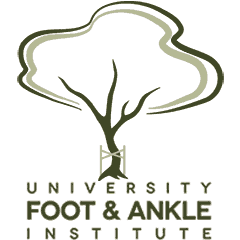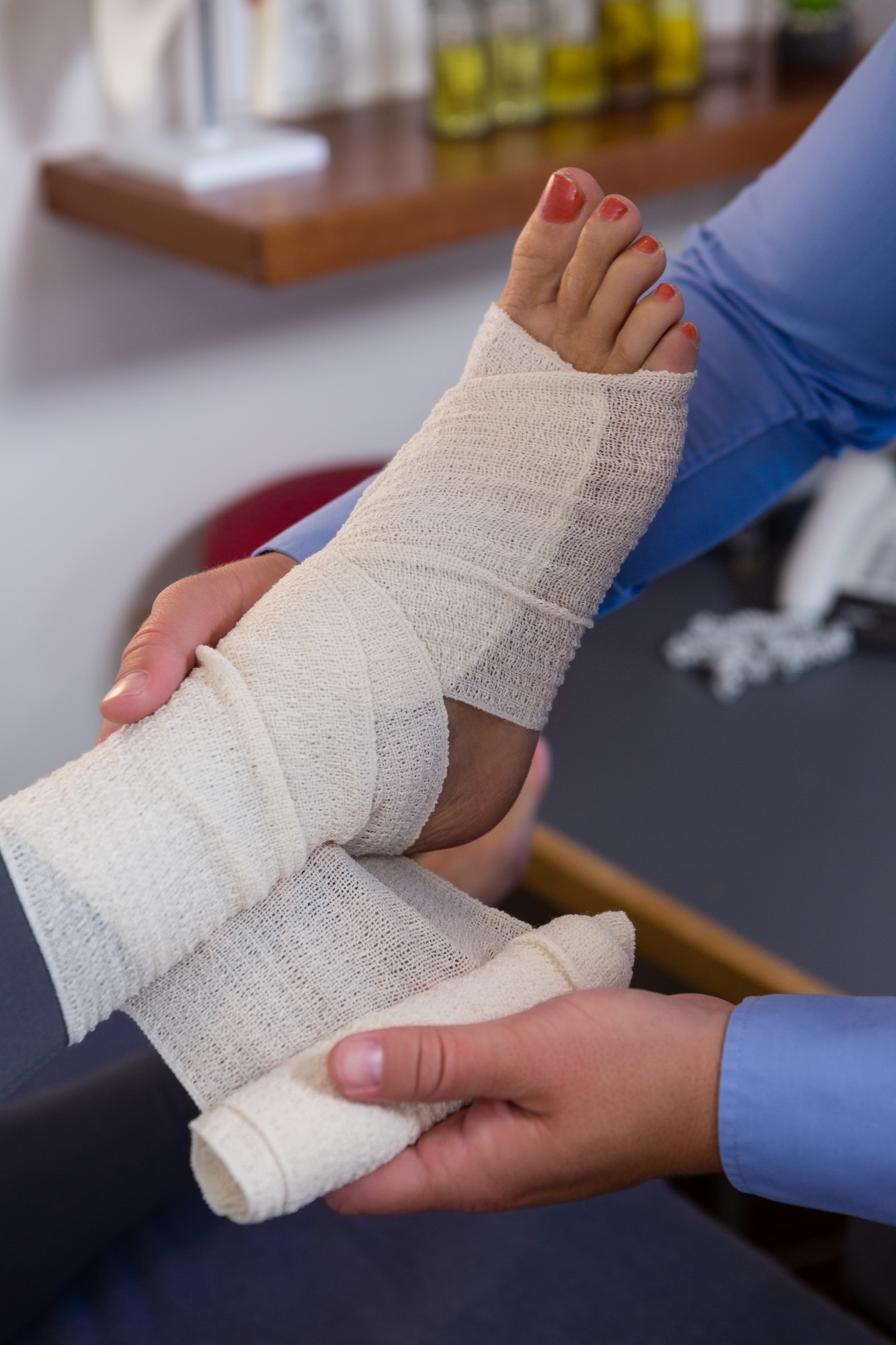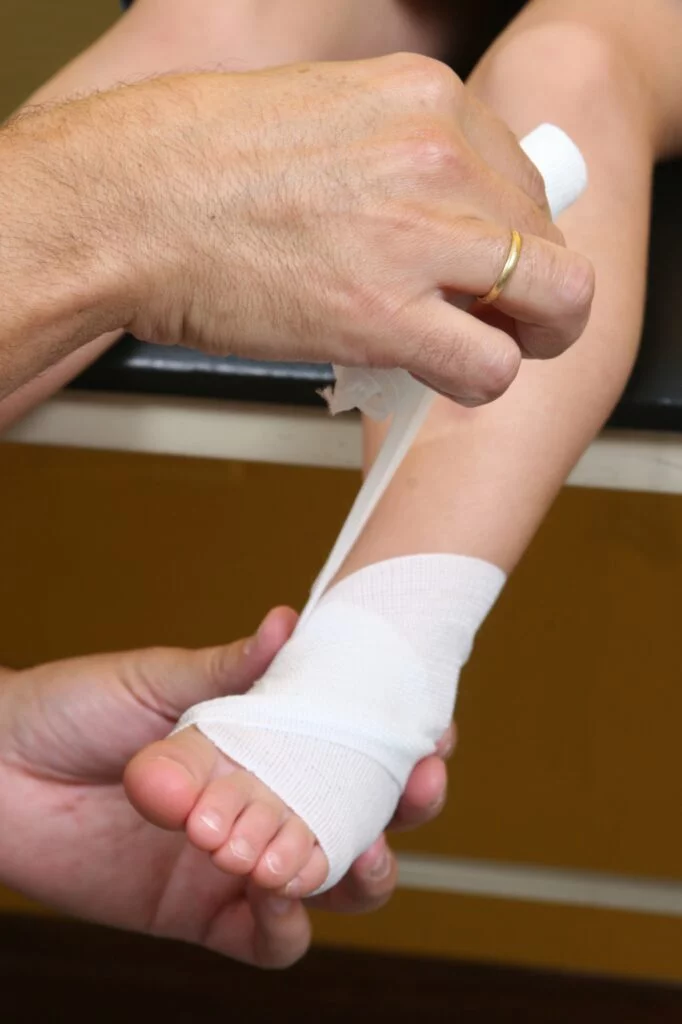Table of Contents
What is a Foot Arch Disorder?
The arches of the feet are a crucial part in supporting your body’s weight and movement. They help in maintaining balance when standing, running, jumping, pivoting, turning, and more. With an arch disorder, a person’s mobility is impacted, along with the health of the feet.
As the arch of the foot is made up of the tarsal and metatarsal bones along with a number of tendons and ligaments, any symptoms of an arch disorder should be treated by a professional. Our board-certified podiatrists can examine your arch and discuss treatment options if needed.
Causes of Arch Disorders
Foot Deformities
High arches:
Flat Feet:
Posterior tibial tendon dysfunction:
Injury and Trauma
Bone fractures:
Ligament and tendon tears:
Nerve tears:
Other Causes
Plantar fasciitis:
Lifestyle, illnesses and habits:
Obesity:
Playing high intensity sports:
Age:
Illnesses:
Symptoms of an Arch Disorder
There are multiple symptoms of an arch disorder and can vary from person to person:
- Leg cramps
- Muscle pain
- Aching or tired feet
- Calluses on the side or ball of the foot or heel
- Shortened foot length
- Pain in the arch, ankle, heel or outside of foot
- Heel tilts inward
- Shoes don’t fit properly
- Pain when walking, standing, exercising, or playing sports
- Changes in gait
- Claw-like or bent toes
- Toe drift
If you are experiencing any of the following symptoms, contact us to make an appointment with one of our board-certified podiatrists for an evaluation.
Treatment Options for Arch Disorders
Bracing:
Custom orthotics:
Physical Therapy:
Good Shoes:
Surgery:
Conclusion
FAQs - Arch Disorders
Yes, podiatrists specialize in the feet and lower extremities, including the arches. They can evaluate and diagnose your arch disorder and provide treatment options to alleviate your pain.
Board-Certified Podiatric Foot and Ankle Specialist, Dr. Gary Briskin, DPM, FACFAS, began his medical training by serving a residency at Flint General Hospital in Michigan. Once completed, he established a practice in Century City Hospital, where he soon became chief of podiatric surgery.
Dr. Briskin is a Diplomat of the American Board of Podiatric Surgery and a Fellow of the American College of Foot and Ankle Surgeons. He also serves as an assistant clinical professor at the UCLA School of Medicine and is co-founder and co-director of University Foot and Ankle Institute.





